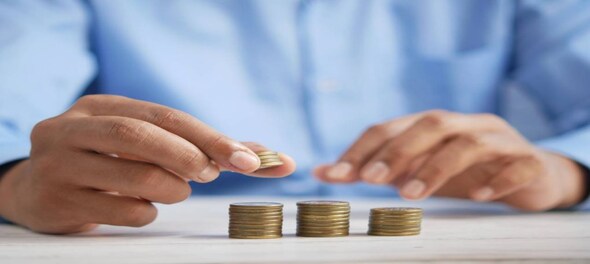
That the rich got richer during the pandemic has become more evident with research data showing just 20 percent of the population are leading the discretionary consumption wagon as the rest are still recovering. The pandemic has not impacted affluent consumers' income levels in the country is clear from the fact that the top 20 percent of the population account for the bulk of discretionary consumption — 59 percent in rural areas and 66 percent in urban areas, Tanvee Gupta-Jain, chief economist at UBS Securities India, said in a report.
Citing an in-house UBS survey (conducted in August among 1,500 higher-income consumers) results, she says more than half of the respondents have bought gold/ jewellery as planned or more in the past three months and more than half of them planning to invest in properties and buying cars/two-wheelers over the next two years.
That the rich will continue to drive consumption demand is clear from the UBS survey findings, with more than 70 percent of respondents anticipating their income will increase in 2023.
Similarly, nearly 70 percent of the respondents expect festive spending to rise, while 20 percent expect stable spending on online shopping, healthcare, online entertainment, household consumables like groceries, food, etc.
Spending on durables and education is likely to remain largely the same. Only 9 percent expect a slowdown in their festive spending. The survey also shows that 55 percent of respondents want to buy a car and two-wheeler over the next two years. As much as 50 percent of unique respondents are planning to purchase property over the next two years (33 percent for primary residence and 32 percent for secondary/investment property), but this is lower than 56 percent in the last survey.
According to a UBS analysis, during the pandemic, the formal sector gained market share at the cost of the informal economy as the rich continued to increase their spending on branded goods through online shopping, healthcare, online entertainment, and household consumables like groceries, food, etc.
Across age groups, income expectations diverge, with younger age groups (below 44) being more optimistic than their elders (45-54 years) likely on improved labour market conditions in the organised sector, she said, adding that optimism about income growth and a better financial situation is a key metric to track for continued normalisation in household consumption.
The survey further showed that nearly three-quarters of the respondents noted stable or increasing income levels (versus 54 percent in the August 2021 survey) and only 23 percent saw a decline in income since last year (versus 42 percent in the last survey).
Notably, the top 20 percent of the population accounts for the bulk of discretionary consumption with 59 percent of them leading the discretionary consumption spending in rural areas and a much higher 66 percent in urban areas, as per the survey.
Check out our in-depth Market Coverage, Business News & get real-time Stock Market Updates on CNBC-TV18. Also, Watch our channels CNBC-TV18, CNBC Awaaz and CNBC Bajar Live on-the-go!


2024 Lok Sabha Elections | Why Kerala is in focus as the second phase begins to vote
Apr 26, 2024 9:33 AM
Bengaluru Rural Lok Sabha election: Over 35% voter turnout recorded by 1 pm
Apr 26, 2024 9:11 AM

